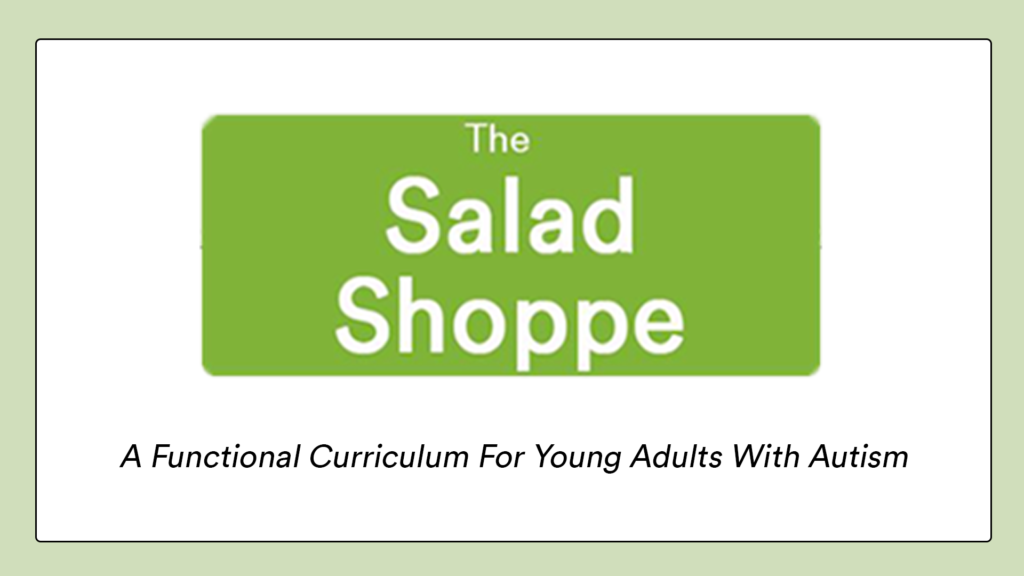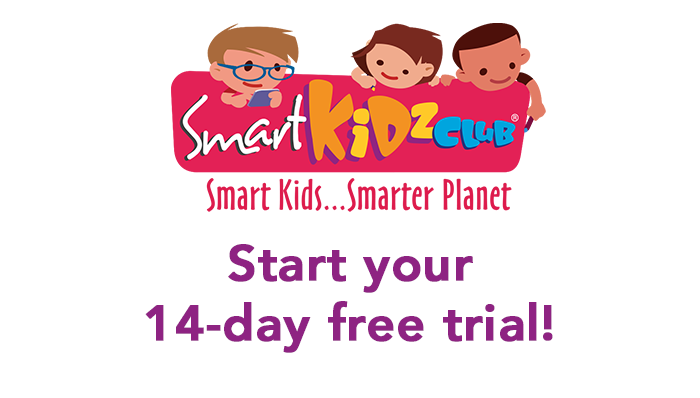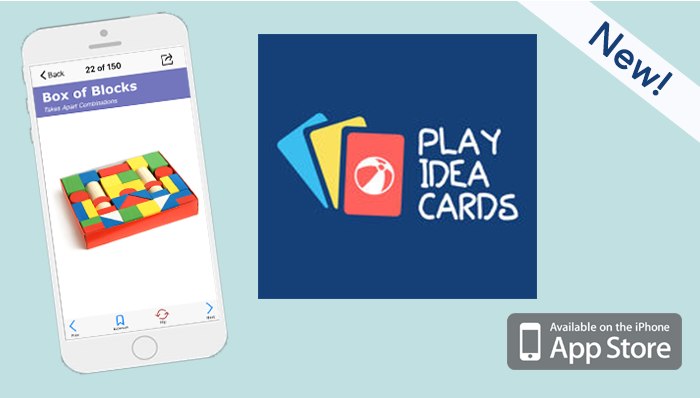This month’s ASAT feature comes to us from David Celiberti, PhD, BCBA-D and Pamela Feliciano, PhD. To learn more about ASAT, please visit their website at www.asatonline.org. You can also sign up for ASAT’s free newsletter, Science in Autism Treatment, and like them on Facebook!
“I have decided to rely on science-based treatments for my child with autism. Now, how do I explain this to friends and relatives who insist I try something “cutting edge?”
We certainly respect any individual’s right to his or her own opinion, and certainly for parents of children with autism to make decisions for their child regarding treatment; however, we believe that scientific evidence and the use of objective data should guide treatment options for all diseases and conditions, and autism is no exception. The late Senator Patrick Moynihan eloquently said, “Everyone is entitled to their own opinions, but not their own facts.” It is simply a matter of fact that theories, hypotheses, and testimonials do not provide adequate information to guide treatment decisions.
When friends or acquaintances hear about our experiences with autism, quite often the first thing they ask is, “What is your opinion of vaccines?” despite the retraction of Andrew Wakefield’s article by the Lancet (a very rare occurrence by this highly reputable journal). Sadly, the vaccine debate has long distracted the autism community from important discussions such as how best to help children already diagnosed with autism realize their fullest potential and live a happy and meaningful life.
In an ideal world, all treatment providers would make a commitment to science and evidence-based practices, and all members of the journalism community would make a commitment to responsible journalism. Until these ideals become the norm, those who do understand science-based treatments must do what they can to inform and educate others about the benefits of scientifically validated treatment, and the use of data to guide decision-making when assessing the benefits of any and all treatments.
Although applied behavior analysis is the treatment for autism with the most scientific support, we are rarely ever asked our opinion of this therapy, or if it is effective. Instead, every few months or so, some “new” treatment (or “repackaging” of a known treatment) will gain the attention of consumers. Given the large numbers of television reports, newspaper articles, blogs, and websites putting forth “miracle cures” and “breakthroughs,” it is not surprising that parents frequently receive advice and suggestions from extended family members, neighbors, and co-workers, particularly after a news item is broadcast, printed, or otherwise disseminated. Many of these individuals have the best intentions and are eager to share what they believe is “cutting edge” information about autism. In other cases, the advice is sometimes provided in a manner that comes across as critical of what you are choosing to do or not do for your child (i.e., it may be implied that you are not doing enough as a parent to help your child with autism).
If the information is offered by a more casual acquaintance, it may be best to simply thank him or her for their interest and concern and move on; however, such a strategy may not fare as well with individuals with whom you have a closer relationship. In these cases, you might consider sharing the following:
• There are dozens of “miracle cures” and “breakthroughs” (i.e., pseudoscience) for autism that manage to receive widespread media attention, even if they have not been proven effective. In fact, there are over 500 treatments touted to address autism;
• It is important to be critical of all available information, regardless of the source, and to recognize that not all information on the Internet is reliable and accurate;
• There is a large body of scientific research published in peer-reviewed journals and carried out by hundreds of researchers that supports the choices that you have made;
• Numerous task forces (some are listed at the end) have looked closely and objectively at the available research and have determined that the vast majority of autism treatments lack any scientific support and, in fact, some may be harmful;
• Autism treatment is a multi-million dollar industry, and many treatment proponents rely heavily on sensationalism and extraordinary claims to “sell” their products;
• Interventions that are actually shown to be the most effective often receive the least amount of media attention; and
• For most other medical conditions, a provider that disregards proven intervention and uses a fringe treatment may actually be sued for malpractice (you may even consider drawing an analogy to a medical condition of particular interest to the person providing the advice).
Of course, you may also consider addressing this matter proactively. This would involve clarifying your choices and commitment to science-based treatment to more significant family members and friends on your terms and at your convenience. It may be helpful to view this tactic as a series of tiny conversations. You may even consider sharing links to websites such as the Association for Science in Autism Treatment (ASAT), which will help your family members and friends separate the wheat from the chaff. We would like to draw your attention to a few sections of ASAT’s website that bear relevance to this discussion.
• Learn more about specific treatments
• Summaries of published research articles
• Making sense of autism treatments: Weighing the evidence
• Recommendations of expert panels and task forces
Finally, ASAT’s newsletter, Science in Autism Treatment, is a free publication, so encourage your friends and family to subscribe.
It is our hope that the information shared above may help your friends and family better understand the role that science should play in the treatment of autism, the need for objective data to drive decision making, how to better identify pseudoscience, and perhaps most importantly, why parents must be such savvy consumers.
David Celiberti, PhD, BCBA-D is the part time Executive Director of ASAT and Past-President, a role he served from 2006 and 2012. He is the Co-Editor of ASAT’s newsletter, Science in Autism Treatment. He received his PhD in clinical psychology from Rutgers University in 1993. Dr. Celiberti has served on a number of advisory boards and special interest groups in the field of autism, applied behavior analysis, and early childhood education, and been an active participant in local fundraising initiatives to support after school programming for economically disadvantaged children. He works in private practice and provides consultation to public and private schools and agencies in underserved areas. He has authored several articles in professional journals and presents frequently at regional, national, and international conferences. In prior positions, Dr. Celiberti taught courses related to applied behavior analysis (ABA) at both the undergraduate and graduate levels, supervised individuals pursuing BCBA certifications, and conducted research in the areas of ABA, family intervention, and autism.
Pamela Feliciano, PhD, joined the Simons Foundation in 2013 and serves as the scientific director of SPARK (Simons Foundation Powering Autism Research through Knowledge) and is a senior scientist at SFARI. SPARK is a SFARI initiative that seeks to accelerate autism research through a vibrant and informative online platform (SPARKforAutism.org). Previously, Feliciano worked as a senior editor at Nature Genetics, where she was responsible for managing the peer review process of research publications in all areas of genetics. Feliciano holds a B.S. from Cornell University, an M.S. from New York University and a Ph.D. in developmental biology from Stanford University. Feliciano is also the mother of an adolescent boy with autism spectrum disorder.






